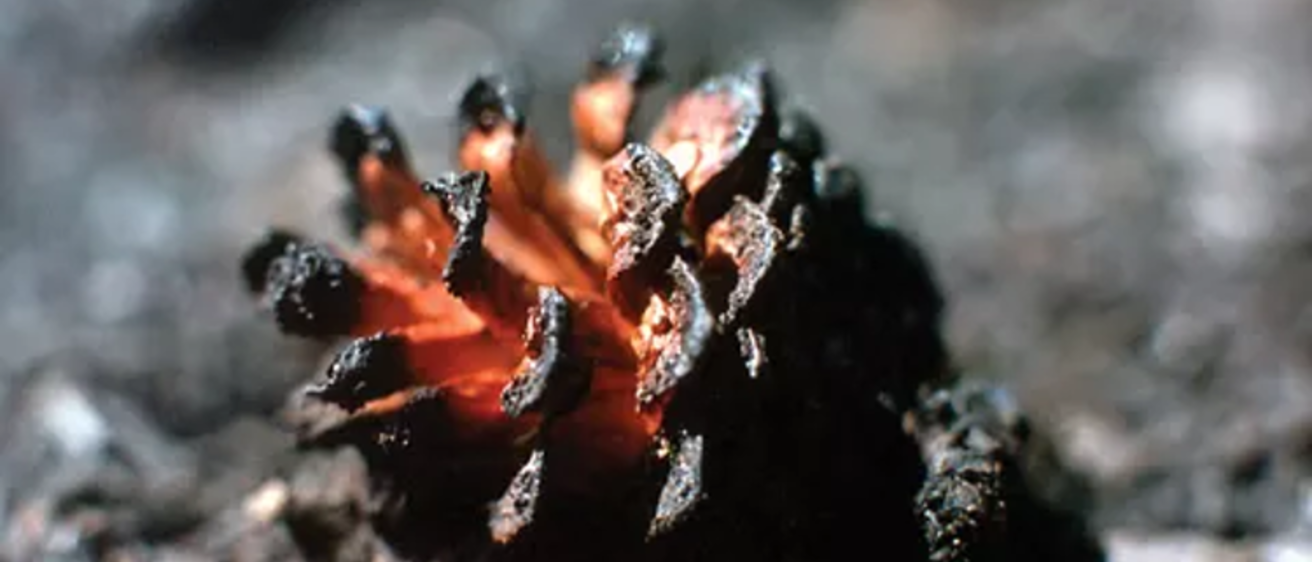Disturbance
When I was a young boy, my parents took our family to Yellowstone National Park. It was shortly after the 1988 fires that burned nearly 800,000 acres (about 36% of the park). My most vivid memory of that trip was seeing burned forests that extended for miles. I still see it in my mind, exactly as Ecologist Monica G. Turner described it:
“Blackened tree trunks creating a stark and seemingly desolate landscape.”
This type of event is known in ecology as a disturbance. Disturbances alter the state and trajectory of an ecosystem and can shape ecosystem dynamics long into the future. This is particularly the case for disturbances that are large, severe, and infrequent that capture the public attention and challenge our understanding of an ecosystem.
I see the disturbance of the COVID-19 pandemic creating similar damage and challenges to our human ecosystem. This disturbance has been large, severe, and infrequent. The aggregate loss of physical health, life, and livelihoods has been both unknowable and tragic. Similar to the stark and seemingly desolate landscape of burned tree trunks after the Yellowstone fires, we are witnessing a stark and seemingly desolate landscape of burned-out individuals following the pandemic.
Burnout results from prolonged and elevated stress—not just your own but stress in the environment around you. It involves three main kinds of depletion:
• Exhaustion: depletion of your mental, emotional, and physical resources
• Cynicism: depletion of your social connection to and belief in other people
• Inefficacy: depletion of your belief in yourself
According to Gallup, burnout among workers was already elevated before the pandemic and has now shot up to record highs. Globally, seven in 10 people report they are struggling or suffering. Prior to the pandemic, the
World Economic Forum estimated burnout was already costing $322 billion per year in turnover and lower productivity. To put that in perspective, a stack of $322 billion in $100 bills would rise 205 miles, nearly reaching the orbit of the International Space Station. And surely the cost is higher now!
Succession
I’ve been back to Yellowstone three times since my childhood—each time about a decade apart. Over that period, I’ve witnessed something miraculous: regeneration of the forest. At first it was a green carpet of seedlings popping up amidst charred remains of tree trunks. Today, it is a lush and thriving landscape of lodgepole pines as far as the eye can see.
In ecology this is known as succession. It’s the process in which a new natural community replaces an old one. Succession is dramatic following a disturbance large enough to disrupt an entrenched ecosystem with little change in its composition and few opportunities for new species to establish themselves.
One aspect of the Yellowstone fires I found fascinating was the reaction of the lodgepole pinecones. According to the National Parks Service, one of the two types of cones produced by lodgepole pines, which make up nearly 80% of the park’s forests, is serotinous. Serotinous cones will not release their seeds until the resin sealing them melts, requiring a temperature of at least 113°F (45°C). This adaptation helps ensure seeds do not disperse until fire creates conditions that favor the establishment of lodgepole pine seedlings: diminished litter on the forest floor and plenty of sunlight through an open canopy.
As for succession following the pandemic and our pervasive burnout, I don’t know what comes next. I don’t know what the solutions will be to such widespread burnout. But I am currently thinking about it in a way similar to the regeneration of the Yellowstone lodgepole pine forests. I maintain hope that over the coming years and decades we, too, will witness something miraculous. Perhaps we have now had sufficient disruption to our entrenched ways. Perhaps we are currently seeding our human ecosystem with new thinking. Perhaps we are establishing conditions (clearing sufficient “litter” from our floors and opening our “canopies” to more sunlight) that will allow newer and healthier ways of living and working to grow.
We are a society in search of recovery. As a start, we are becoming increasingly willing to talk about well-being and burnout. We are beginning to learn how to have appropriate and caring conversations about life outside of work. Instead of asking a stock, “How’s it going?” and quickly moving on to business, we are learning to ask, “How are you really, really doing?” and then be quiet and listen. We are increasingly aware as managers to be responsible for ensuring employees have realistic expectations, support, and manageable workloads. We are willing to consider doing less with less, rather than more—to believe that we can better solve problems through subtraction than addition (taking away, rather than adding, complexity.)
And while we wait for this process of succession to play out in the coming years, consider visiting the University of Iowa’s Caring for Self and Managing Burnout to explore ideas to deal with the burnout you are experiencing now.
Dr. Eean Crawford, Tippie College of Business
This article was originally published April 2022 as a part of the “Trending Topics” at the Mental Health at Iowa website. It has been shortened from its original version.
